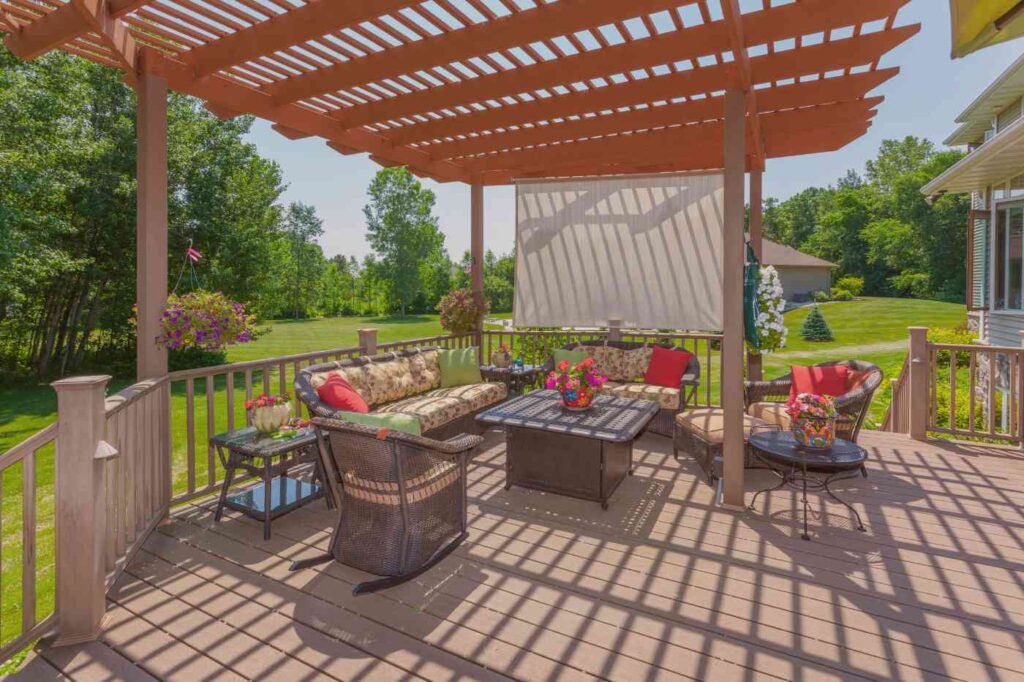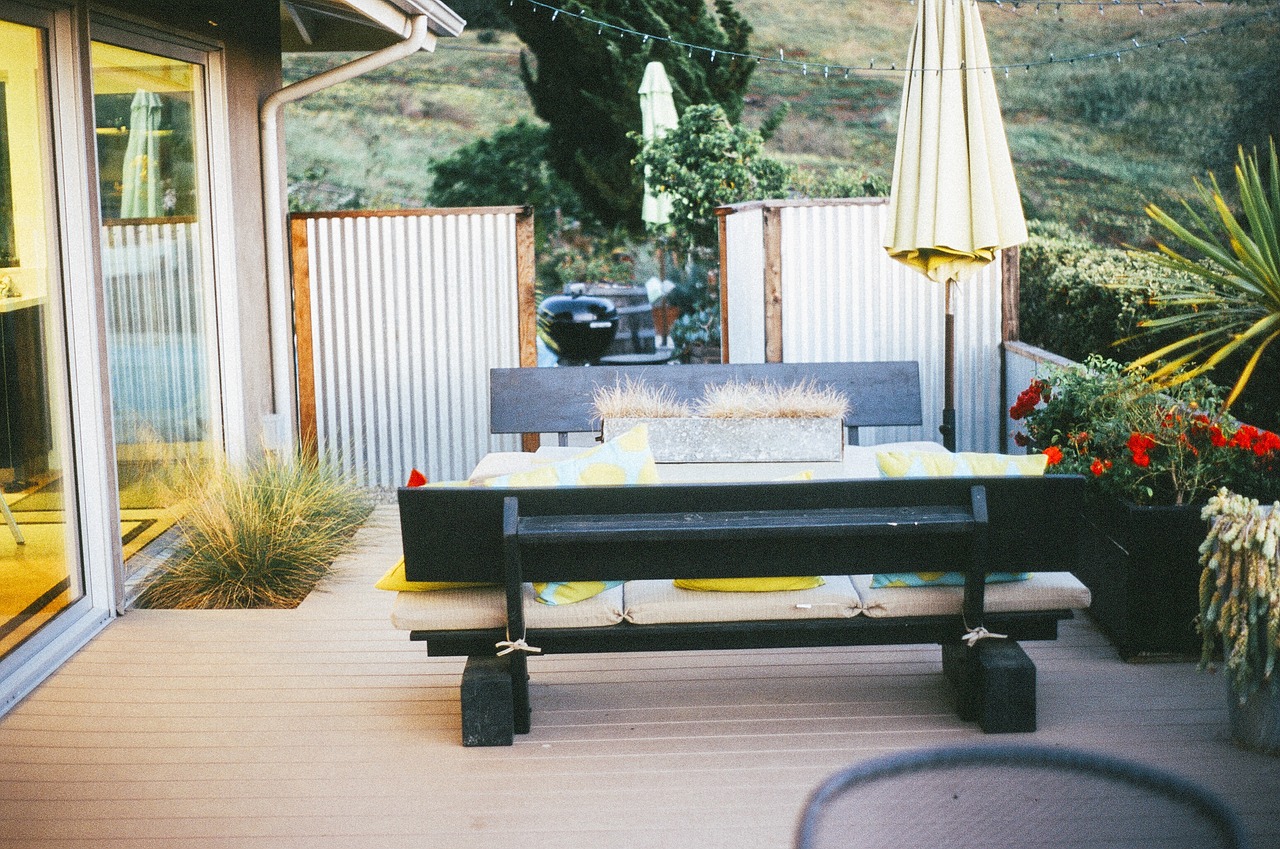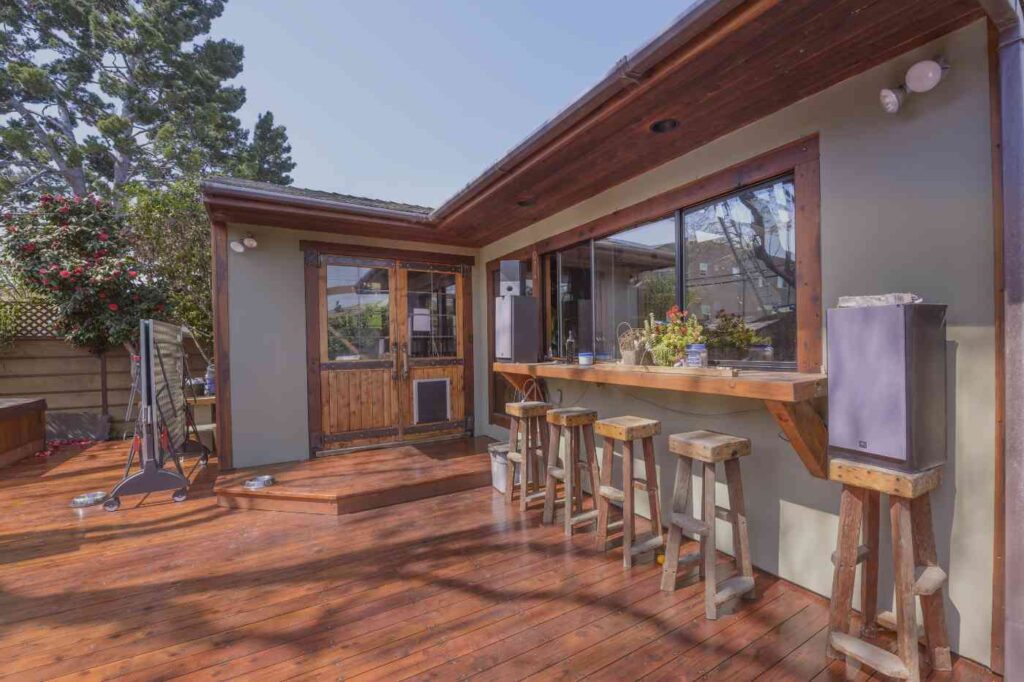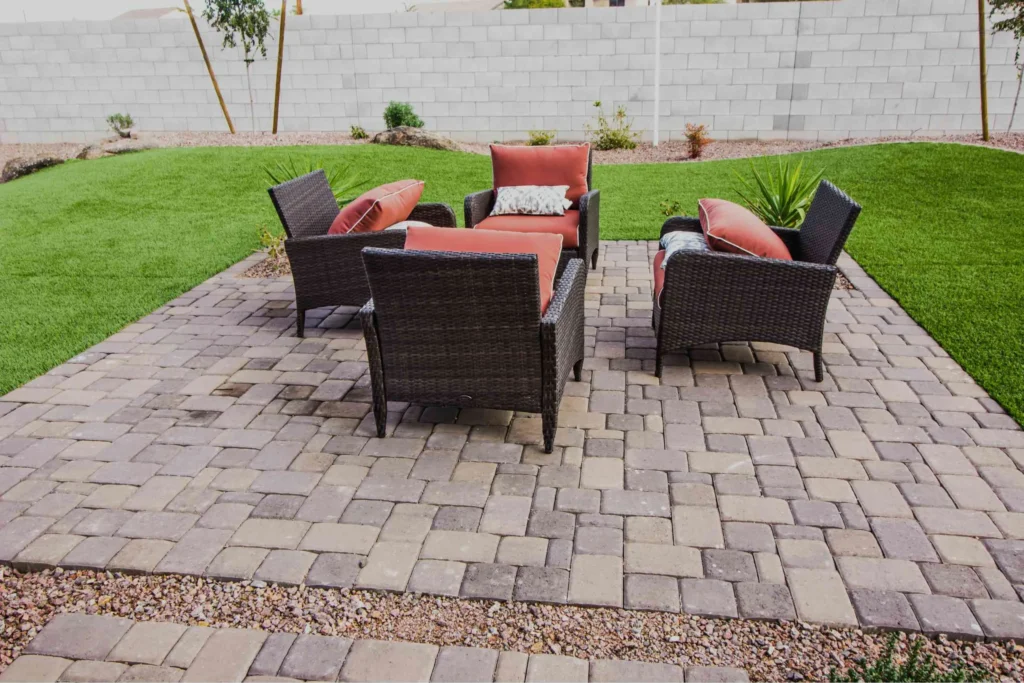Adding a deck or patio to your home is an exciting way to enhance your outdoor living space, increase your home’s value, and create a beautiful area for relaxation and entertainment. However, before you dive into the construction process, there are several important considerations to keep in mind to ensure that your project is a success. From planning and budgeting to choosing materials and navigating permits, proper preparation is key to creating a deck or patio that meets your needs and stands the test of time.
In this blog post, we’ll explore five must-know tips that will help you plan and execute your deck or patio project with confidence. Whether you’re building a cozy backyard retreat or a sprawling entertainment area, these tips will guide you through the process and help you avoid common pitfalls.
1. Start with a Clear Plan and Purpose
Contents
Before you begin any construction, it’s essential to have a clear plan and purpose for your deck or patio. Understanding how you want to use the space and what features are most important to you will guide your design choices and ensure that the final result meets your expectations.
Define Your Needs:
Consider how you and your family will use the deck or patio. Are you looking for a space to entertain large groups, or do you envision a quiet retreat where you can relax with a book? Do you need a dining area, a space for a hot tub, or a place for children to play? Defining your needs will help you prioritize features and determine the size and layout of the space.
Consider the Location:
The location of your deck or patio is crucial to its functionality and enjoyment. Consider factors like sunlight, wind, and privacy when choosing a location. If you plan to use the space for dining, you might want to position it near the kitchen for easy access. If privacy is a concern, consider adding a privacy screen, fence, or strategically placed plants to block views from neighbors.
Create a Detailed Design:
Once you’ve defined your needs and chosen a location, it’s time to create a detailed design for your deck or patio. Consider factors like the shape and size of the space, the layout of furniture, and the placement of features like railings, stairs, or built-in planters. A detailed design will help you visualize the final result and make informed decisions during construction.
2. Set a Realistic Budget
Budgeting is a critical step in any home improvement project, and building a deck or patio is no exception. Setting a realistic budget will help you manage costs, avoid unexpected expenses, and ensure that you can complete the project without financial stress.
Estimate Costs:
Start by researching the costs of materials, labor, and any additional features you want to include, such as lighting, furniture, or landscaping. Consider getting quotes from multiple contractors to get a sense of the overall cost. Don’t forget to factor in any necessary permits or inspections, as these can add to the total cost.
Prioritize Features:
If your budget is limited, prioritize the features that are most important to you. For example, if you love to entertain, you might prioritize a spacious seating area and outdoor kitchen over more decorative elements. Consider starting with a basic design and adding features over time as your budget allows.
Plan for Contingencies:
It’s wise to set aside a contingency fund for unexpected expenses that may arise during construction. Issues like soil conditions, weather delays, or unforeseen repairs can add to the cost of the project, so having a financial cushion will help you handle these challenges without derailing your budget.
3. Choose the Right Materials
The materials you choose for your deck or patio will have a significant impact on its appearance, durability, and maintenance requirements. It’s important to select materials that not only suit your style but also meet the demands of your climate and lifestyle.
Deck Materials:
- Wood: Wood is a classic choice for decks, offering natural beauty and warmth. Popular options include cedar, redwood, and pressure-treated pine. While wood is durable and can be stained or painted in various colors, it requires regular maintenance, such as sealing and staining, to prevent rot and weathering.
- Composite: Composite decking is made from a blend of wood fibers and plastic, offering the look of wood with lower maintenance requirements. It’s resistant to rot, insects, and fading, making it a durable option for busy households. However, composite decking can be more expensive than wood.
- PVC: PVC decking is a synthetic material that offers excellent durability and low maintenance. It’s resistant to moisture, mold, and UV rays, making it ideal for wet or sunny climates. PVC decking is available in various colors and textures but can be more expensive than other options.
Patio Materials:
- Concrete: Concrete is a versatile and durable option for patios. It can be poured into various shapes and sizes and can be stamped, stained, or painted to create different textures and patterns. Concrete is relatively low-maintenance but may require sealing to prevent staining and cracking.
- Pavers: Pavers are individual stones or bricks that can be arranged in patterns to create a durable, non-slip surface. They come in various colors, shapes, and sizes, allowing you to customize the design. Pavers are easy to repair and replace, making them a practical choice for patios.
- Natural Stone: Natural stone, such as flagstone, slate, or travertine, adds elegance and texture to a patio. While stone is durable and visually appealing, it can be more expensive and may require sealing to protect against moisture and staining.
4. Understand Permit Requirements
Before you start construction, it’s important to understand the permit requirements for your deck or patio project. Building codes and zoning regulations vary by location, and failure to obtain the necessary permits can result in fines, delays, or even the need to tear down the structure.
Research Local Regulations:
Contact your local building department to find out what permits are required for your project. In many areas, decks and patios over a certain size or height require a building permit. You may also need to meet specific requirements for setbacks, railing heights, or structural integrity.
Submit Plans for Approval:
If a permit is required, you’ll need to submit detailed plans for approval before construction begins. These plans should include the design, dimensions, and materials you plan to use. The building department may also require inspections during and after construction to ensure compliance with local codes.
Work with a Professional:
If you’re unsure about the permit process, consider working with a professional contractor who has experience navigating local regulations. A contractor can help you obtain the necessary permits, ensure that your project meets code requirements, and manage any inspections.
5. Plan for Maintenance
Finally, it’s important to plan for the ongoing maintenance of your deck or patio. Regular maintenance will help extend the life of your outdoor space and keep it looking its best for years to come.
Deck Maintenance:
- Sealing and Staining: If you choose a wood deck, plan to seal and stain it every 1-3 years to protect against moisture, UV rays, and wear. Composite and PVC decks require less maintenance but should be cleaned regularly to prevent dirt and debris buildup.
- Inspecting and Repairing: Regularly inspect your deck for signs of damage, such as loose boards, rusted fasteners, or splintering wood. Address any issues promptly to prevent further damage and ensure the safety of the structure.
Patio Maintenance:
- Cleaning and Sealing: Concrete and stone patios should be cleaned regularly to remove dirt, stains, and debris. Consider sealing the surface to protect against moisture and staining. Paver patios may also require occasional re-leveling or re-sanding to maintain their appearance and stability.
- Weed Control: If you have a paver patio, you may need to control weeds that grow between the stones. Use a weed barrier under the pavers or apply a weed killer as needed to keep your patio looking neat.
6. Build with Confidence
Building a deck or patio is an exciting project that can enhance your outdoor living experience and add value to your home. By following these five must-know tips, you can plan and execute your project with confidence, ensuring that the final result meets your needs and exceeds your expectations.
From creating a clear plan and budget to choosing the right materials and understanding permit requirements, careful preparation is key to a successful deck or patio project. With thoughtful design and attention to detail, you’ll create a beautiful, functional outdoor space that you can enjoy for years to come.






